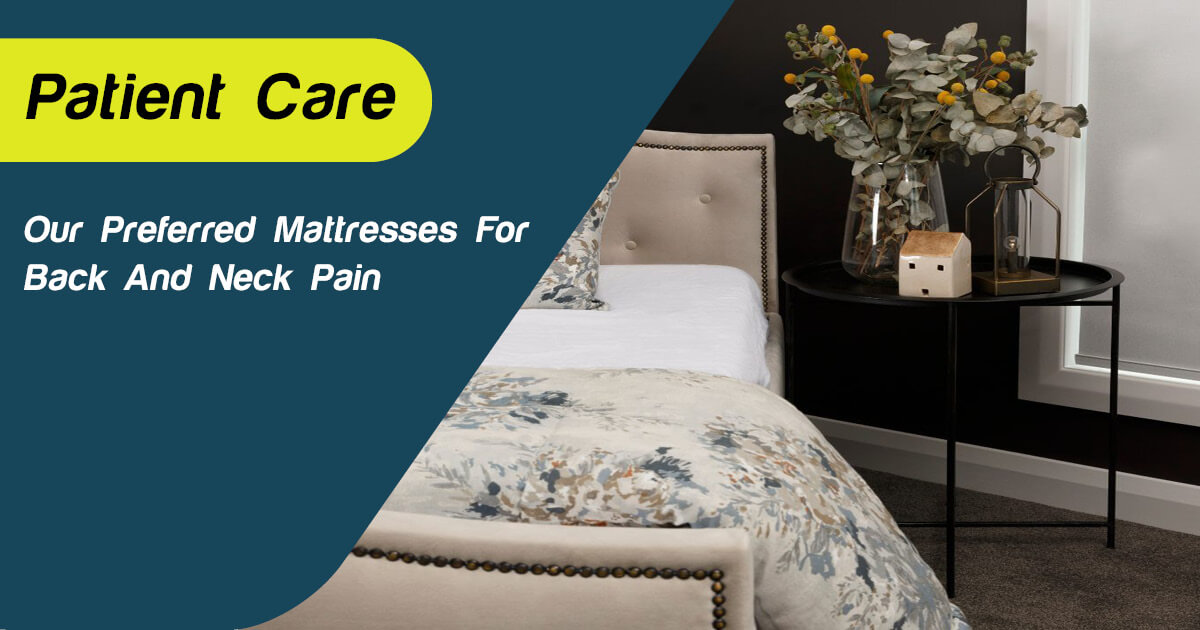
Share
Hoists are often required in aged care settings due to a “no lift” policy. The goal is to create and maintain a safe workplace and to protect staff members from developing injuries from lifting or moving their patients.
There are three types of hoists commonly used in aged care settings — ceiling hoists, standing hoists and floor hoists. Each serves different purposes and has its individual benefits — here, we discuss the differences and benefits of these three types of hoists in aged care.
Ceiling HOists
Ceiling hoists are overhead hoists that are fixed to the ceiling but can also be wall-mounted. This kind of overhead tracking system is permanently installed and the hoist motor traverses along the track, allowing carers to move their patients from room to room e.g. to the bathroom. Sections of the track can be curved to achieve this and there is also a wide range of other add-ons and accessories including turntables, XY systems, H frames, exchangers and more.
- Turntables — A turntable is designed for situations where it is necessary to run the rail system in several different directions. The turntable should be installed where two rails intersect to allow the hoist to move in multiple directions.
- XY systems and H frames — These are the most common means of mounting a ceiling hoist. Consisting of two fixed lengths of track running parallel to each other and a moveable track suspended between the two, the ceiling hoist can run along the moveable track with ease.
- Exchangers — An exchanger allows the tracks to move, much like a railway system, to move the patient in a different direction.
Ceiling hoists are one of the most secure and convenient types of hoists in aged care as the risk of dropping the patient is lower. Before using the hoist, staff members must perform the necessary pre-operation checks to ensure the hoist and hoist hook assembly remains safe for use. Staff should also check the weight capacity and any damage on the hoist before attempting to lift the patient.
Standing Hoists
Standing hoists are used to secure patients while transferring them from a seated position to a standing position (and vice versa). Standing hoists are for people who can still bear weight and are known as “sit to stand lifters”. Available in powered and manual designs, standing hoists provide safe and easy lifting and movement, benefiting the patient and the carer.
It is important to note that standing hoists can only be used if the patient can bear weight. If this is not possible, we recommend using a ceiling hoist to manage their weight for them.
Standing hoists have two lockable castor wheels at the rear so that the hoist can be wheeled to the patient’s location. It can also be stored away after use. Like ceiling hoists, the carer must check the weight capacity of the hoist and look for any damage to the hoist before attempting to lift the patient.
Because standing hoists have wheels, we recommend checking that the wheels are locked before attempting to lift and move the patient.
Floor Hoists
Floor hoists are primarily used to transfer non-weight breaking patients from a wheelchair to a bed (or vice versa), a wheelchair to a commode, or a bed to a commode.
On the off chance that the patient has had a fall and needs to be lifted off the floor, a floor hoist can be used to lift them back up again. It is important to make the patient feel comfortable with a pillow under their head and shoulders before retrieving the hoist. Roll the patient onto their side (the patient’s arms should be crossed over their chest) and wrap the sling around them before rolling them onto their back.
Once the patient is secure in the hoist, clip the attachments of the sling onto the hoist’s yoke or spreader bar and start lifting the patient — once the sling is taut, check the sling attachments again before lifting the patient fully. This will prevent any unexpected detachments and falls.
If the patient is far from their bed or chair, we recommend lowering the patient down into a wheelchair rather than moving them across the room in the hoist. This will make the patient feel safer, more comfortable and secure — plus, it’s good manual handling practice!
Hoists & Training with Active Mobility
At Active Mobility, we stock an extensive range of hoists for the elderly and/or disabled including ceiling, standing and floor hoists alongside a variety of sling configurations and sizes to suit every patient's needs. Browse through our collection and shop online for fast, affordable shipping throughout Australia or visit our showroom to see a live demo of how to use our various different hoists.
Alternatively, contact us to find out when we’re hosting our next hoist workshop! We provide professional training on how to use patient lifting hoists in aged care, so you can provide the best care possible for your patients.












